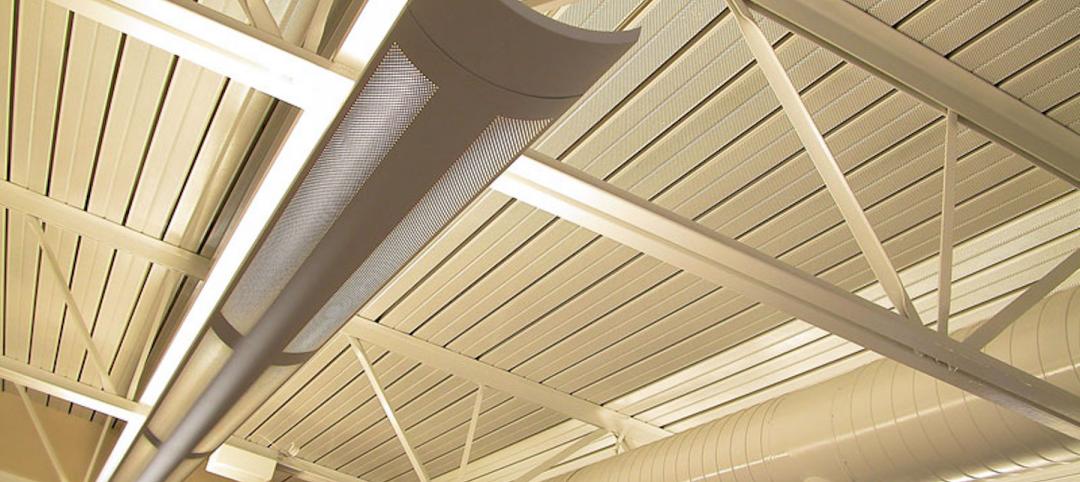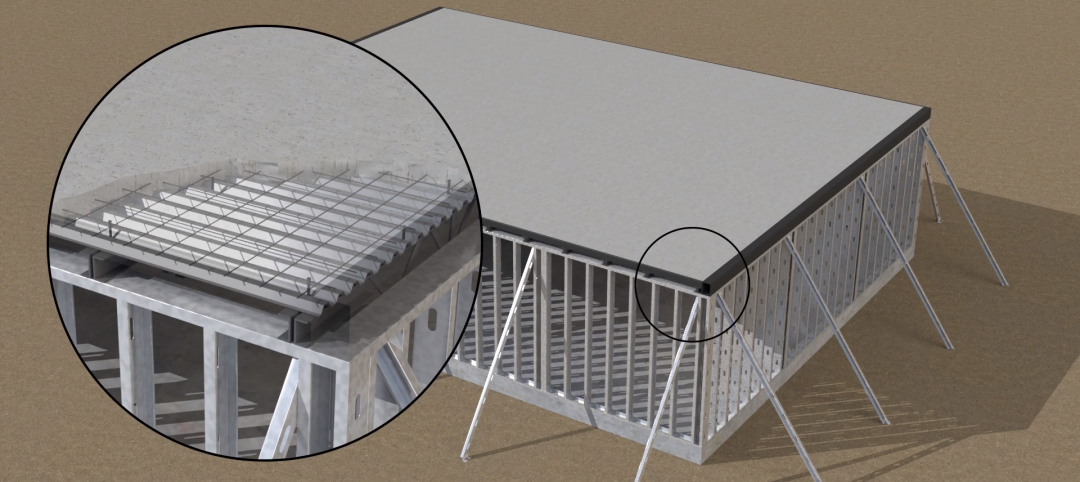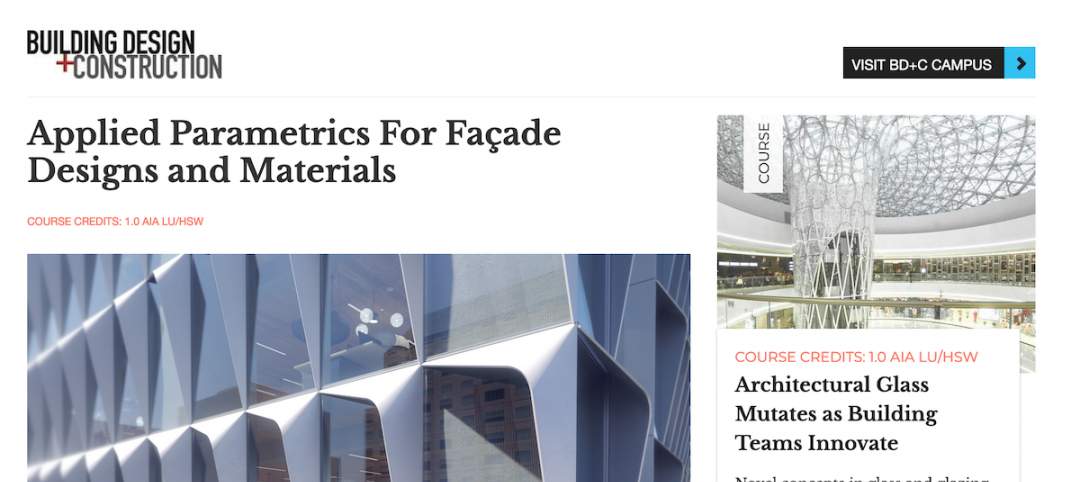Among the most fundamental of architectural elements is the roof. Its principal purpose is to shelter a building’s occupants, contents, and structure from the elements, most critically from precipitation.
While the various layers of the roof assembly play a key role in keeping moisture from infiltrating into the interior, adequate weather protection also depends on the roof’s ability to drain moisture away from the building. If rainwater, snow, and ice accumulate, the moisture can degrade and permeate the roofing assembly.
Not only does standing water negatively impact the performance, integrity, and longevity of the building enclosure, but it also can deteriorate the structural and interior elements the building enclosure is meant to protect.
LEARNING OBJECTIVES
After reading this article, you should be able to:
• Distinguish among various types of low- and steep-slope drainage assemblies and identify design considerations for each system.
• Identify the components of Protected Roof Membrane Assemblies (PRMA), vegetative roofs, and traditional roofs.
• Recognize signs of distress or potential problems and trace the issue to the primary design or installation shortcoming.
• Prepare a schedule of routine maintenance and repair that can proactively identify emerging problems.
TAKE THIS FREE AIA CES DISCOVERY COURSE AT BDCUNIVERSITY.COM
Related Stories
Sponsored | BD+C University Course | Apr 1, 2022
Video surveillance systems for multifamily housing projects
This introductory course provides detailed technical information and advice from security expert Michael Silva, CPP, on designing a video surveillance system for multifamily housing communities – apartments, condominiums, townhouses, or senior living communities. Technical advice on choosing the right type of cameras and optimizing the exterior lighting for their use is offered.
Sponsored | BD+C University Course | Jan 30, 2022
Optimized steel deck design
This course provides an overview of structural steel deck design and the ways to improve building performance and to reduce total-project costs.
Sponsored | Steel Buildings | Jan 25, 2022
Structural Game Changer: Winning solution for curved-wall gymnasium design
Sponsored | Steel Buildings | Jan 25, 2022
Multifamily + Hospitality: Benefits of building in long-span composite floor systems
Long-span composite floor systems provide unique advantages in the construction of multi-family and hospitality facilities. This introductory course explains what composite deck is, how it works, what typical composite deck profiles look like and provides guidelines for using composite floor systems. This is a nano unit course.
Sponsored | Reconstruction & Renovation | Jan 25, 2022
Concrete buildings: Effective solutions for restorations and major repairs
Architectural concrete as we know it today was invented in the 19th century. It reached new heights in the U.S. after World War II when mid-century modernism was in vogue, following in the footsteps of a European aesthetic that expressed structure and permanent surfaces through this exposed material. Concrete was treated as a monolithic miracle, waterproof and structurally and visually versatile.
Sponsored | BD+C University Course | Jan 12, 2022
Total steel project performance
This instructor-led video course discusses actual project scenarios where collaborative steel joist and deck design have reduced total-project costs. In an era when incomplete structural drawings are a growing concern for our industry, the course reveals hidden costs and risks that can be avoided.
Sponsored | BD+C University Course | Oct 15, 2021
7 game-changing trends in structural engineering
Here are seven key areas where innovation in structural engineering is driving evolution.
BD+C University Course | May 5, 2020
Building Design+Construction Earns 2020 Jesse H. Neal for editorial excellence
BD+C's BDC University continuing education platform was honored with a Neal Award in the Best Instructional Content category.
BD+C University Course | Aug 22, 2019
Lasting thermal control for building façades [AIA course]
A confluence of product innovations, creative assemblies, and improved project delivery techniques are helping improve building exterior performance and reduce first costs and long-term energy use.


![Roofing Drainage Systems [AIA course] Roofing Drainage Systems [AIA course]](/sites/default/files/February%202019%20Roof%20Drainage%20AIA%20course.jpg)









![Lasting thermal control for building façades [AIA course] Lasting thermal control for building façades [AIA course]](/sites/default/files/styles/list_big/public/December%202018%20AIA%20course%20facade%20insulation%20opener%20%20%281%29.jpg?itok=DV6fmNj3)




